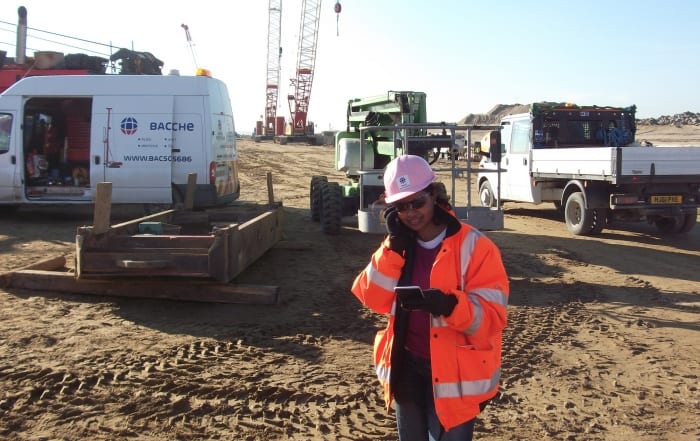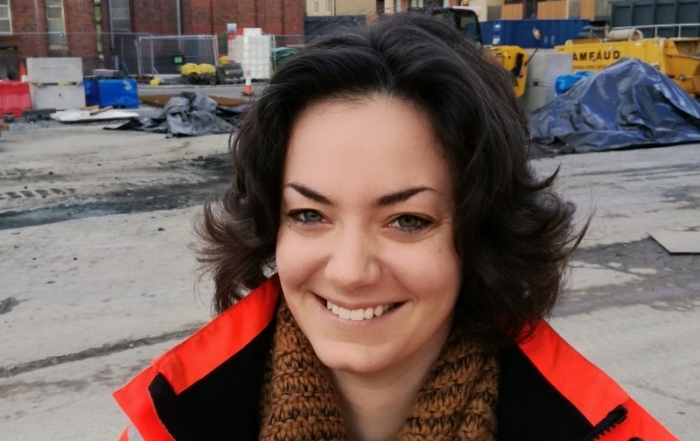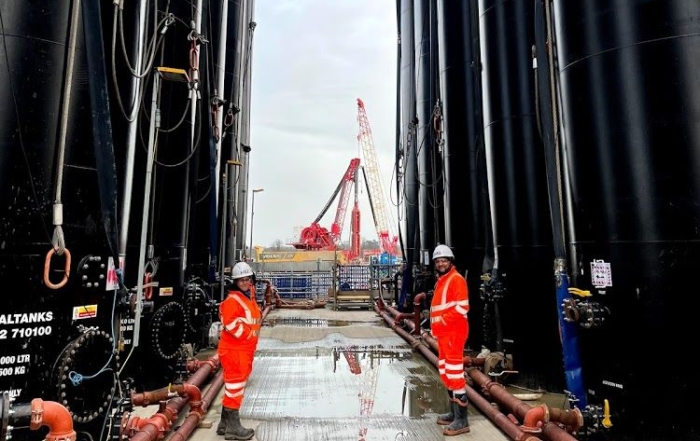In this edition, Senior Design Engineer, Tina Gretlund, discusses her route into the engineering industry and why she’s proud to be an engineer.
Engineering: the use of scientific principles to design and build structures – a practice that dates back to ancient times – has fascinated me since I was a child. I was born in Sri Lanka, where the engineering profession remains largely male dominated and so the desire to become an engineer was merely a childhood dream. In the 1980s, my family moved to Denmark to escape the Civil War in Sri Lanka. Denmark has historically been at the forefront of promoting gender equality in all sectors. Growing up with both cultural backgrounds was very challenging and I had to choose at an early stage which direction to go in. I followed my heart and became independent as soon as I turned 18. I studied hard and worked during my holidays, which boosted my determination and financial independence.
At this point, I felt anything was possible if I just believed in it. Because engineering is traditionally a male-dominated field, I wanted to challenge myself to become a female civil engineer. My dad, who was an Irrigation Engineer in Sri Lanka, had always spoken a great deal about how civil engineering works and now I had the chance to be in that field too. Throughout my education I did well in maths and physics and it was with great joy that I had the opportunity to study at London South Bank University in 2000. Four years later, I graduated with a BSC Civil Engineering (Hons) degree – I was over the moon. Studying had opened my eyes up to so many areas of interest, but my main passion turned out to be geology and soil mechanics, which is why I ended up becoming a Geotechnical Design Engineer.
Because engineering is traditionally a male-dominated field, I wanted to challenge myself to become a female civil engineer.
Soon after my graduation, I started working for Roger Bullivant as a Piling Engineer and Estimator, where I stayed for four years. I then had a spell with Expanded Limited before joining Bachy Soletanche, where I have now been working for the last 12 years as a Senior Geotechnical Design Engineer. Whilst working for Bachy Soletanche, I have had one year’s site experience and I have also been an Internal Auditor for the company for over six years.
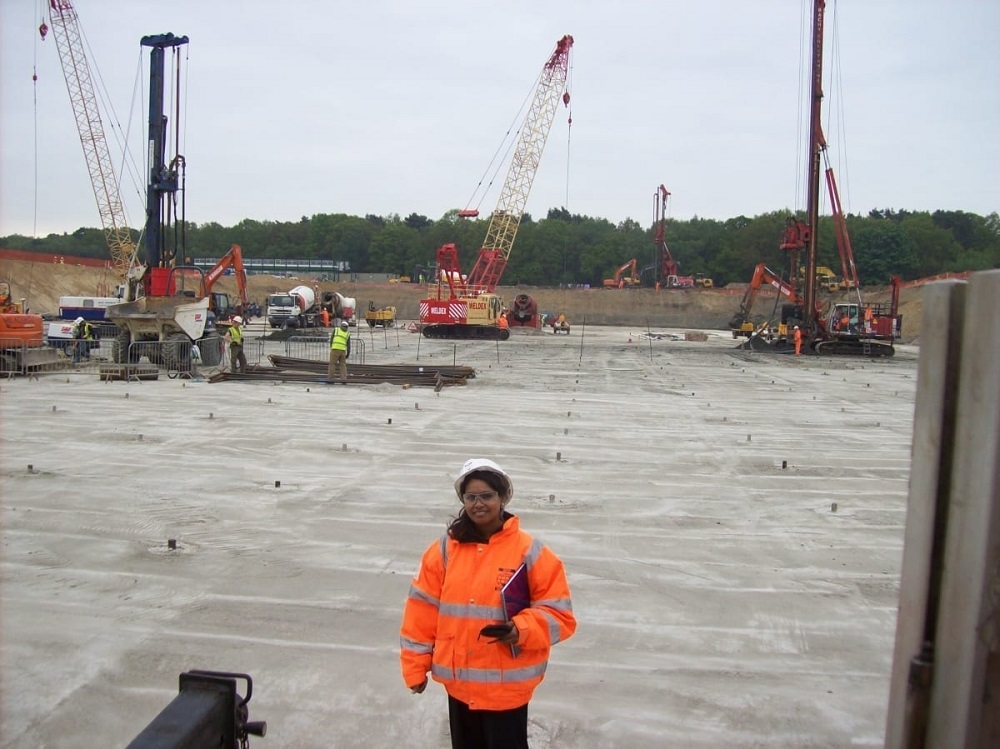
It’s great to see your ideas come to life
Working as a Senior Design Engineer is very exciting, as each project is unique. Everything I design and construct is in the ground, but without a solid foundation, no structure can stand up. It is therefore essential to come up with sound foundations that are in line with the latest standards, safe to build and also cost effective. This can be achieved by studying the ground investigation reports, identifying potential risks, and understanding the client’s and structural engineer’s requirements before starting the creative thinking.
Every day is an adventure when you are an engineer. The whole process can be challenging but also rewarding.
As a Senior Design Engineer, it is important to look at the whole life cycle of a project as well. This could be an optimised, low environmental impact piling layout with reduced numbers of piles, smaller pile diameters or re-using the existing piles. It is always great to see when your idea goes from tender stage, starts to take shape and eventually comes to life during the contract.
Every day is an adventure when you are an engineer. When a job starts on site, problems that need solving will always arise… hitting unexpected man-made obstructions in the ground, piles out of position, concrete cubes not meeting the specified strength etc.
There is always a solution to every problem and the question must be, who will be paying for the additional cost to put it right? In my role, I think about the safety and the quality of work as a main priority. It feels great when you have worked together with your site team, the structural engineer and the client to overcome the hurdles along the way by suggesting additional tests, relocating pile positions and/or changing to different piling techniques to finish off the project and meet the programme. The whole process can be challenging but also rewarding.
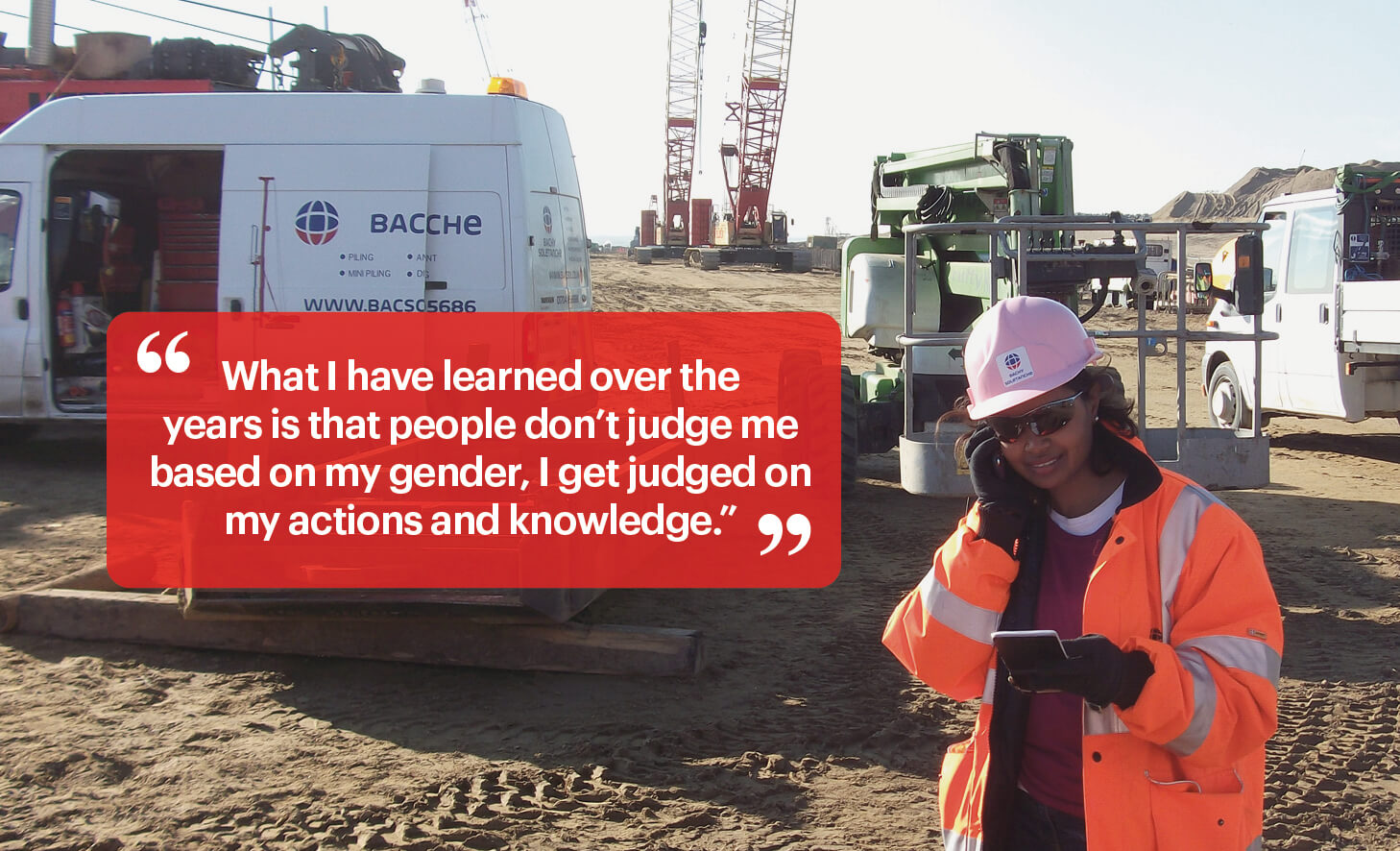
I want to push the boundaries of design engineering
Fifteen years working for piling contractors has taught me lots about piling and retaining walls. However, I never stop learning; with the rapid growth in the piling industry, the urge to be innovative is necessary to be competitive in the market.
My future ambitions are to get involved with exciting foundation projects and, at the same time, challenge the industry in terms of using new piling techniques or pushing the boundaries of the general design practice in specific ground conditions.
Testing is always a learning process for everybody and the only way to improve the way we are currently designing is to carry out tests and learn from them.
Currently, I am working on the design of the contiguous wall piles for the project at the Wood Wharf phase 3 development in London Docklands. The complexity of the project is to design and install the piles next to historical dock walls and drill some of the piles through the walls. The different ground conditions, excavation levels and ground water regimes make the wall design even more challenging and interesting at the same time.
On top of my day-to-day design work, I like to spend time on research and follow up on the latest engineering news. I also enjoy visiting local schools to talk about geotechnical design and share my knowledge with the next generation. The continuous development for me is not only about learning for my own benefit, but to share my knowledge with others and at the same time be inspired by their views.
This year I wrote a technical paper that compares the continuous flight auger (CFA) pile test results of the mobilised shaft friction and base capacity in Thanet Sand with that of current design guidelines and common practice – these guidelines are mainly based on rotary bored pile testing. The paper was published to the industry by the Institution of Civil Engineers (ICE) for the piling 2020 conference. After all the hard work, it was very rewarding to present and share the results with the industry and colleagues. Furthermore, the paper opened up discussions as to how we can improve the way we design CFA piles into Thanet Sand.
Testing is always a learning process for everybody and the only way to improve the way we are currently designing is to carry out tests and learn from them.
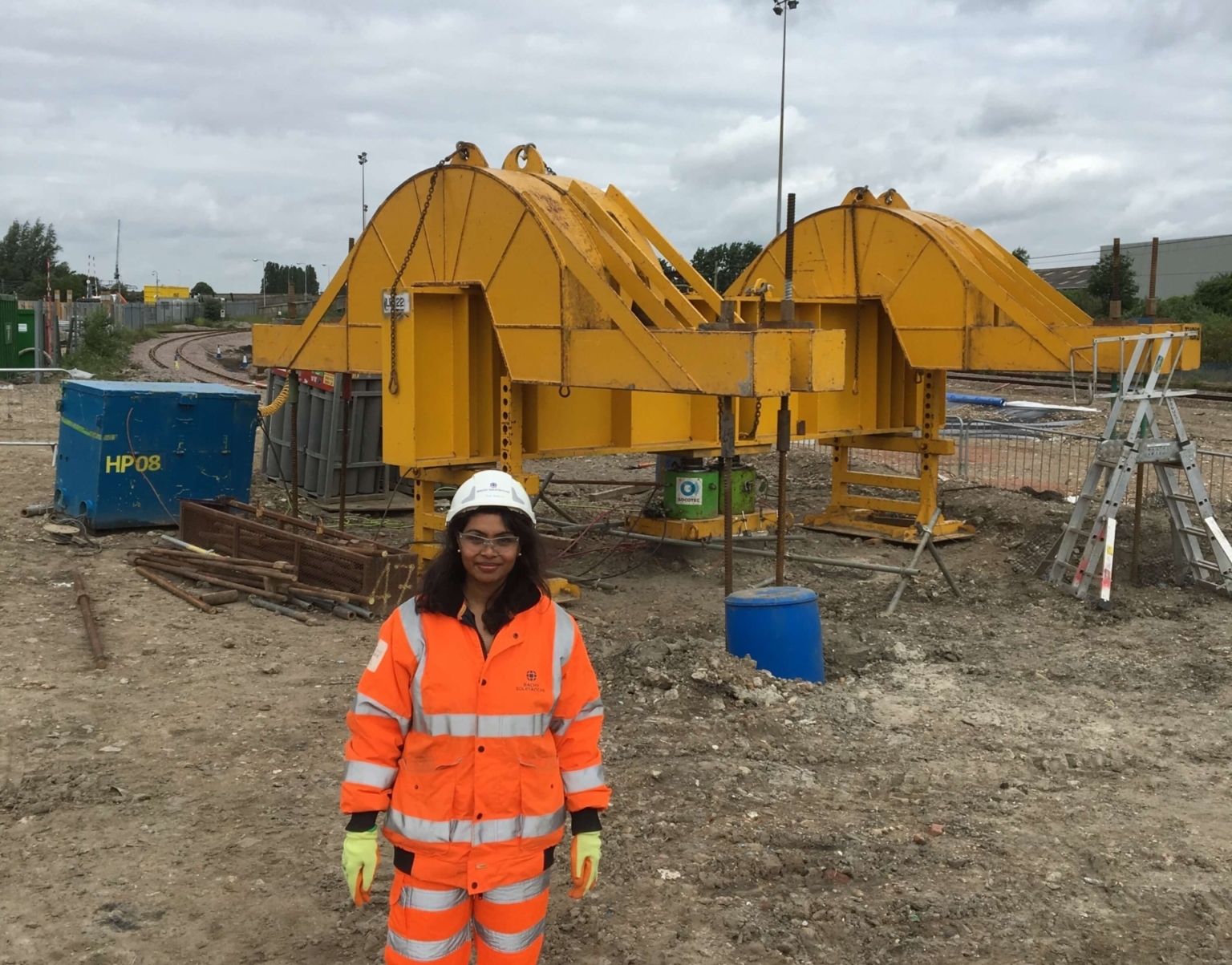
I want to be a role model for young women
One of my aspirations is to take my two daughters for a tour around London one day and show them all the structures that I have taken part in designing and built foundations to. I would like to be a role model for my girls and make them proud of my profession.
Stepping into the world of engineering has made me think not only about the technicalities, but also made me understand how projects work from a financial and practical perspective. I chose this path because I have always wanted to become an engineer. What I have learned over the years is that people don’t judge me based on my gender, I get judged on my actions and knowledge.
I’m proud to be a female engineer
There are so many reasons to be proud of being a female engineer. The skills that you develop as an engineer are very useful and can be applied to many areas of your life. Throughout your engineering career you will learn how to provide practical solutions to problems and this will give you great confidence when faced with any challenge. Challenges are what makes life interesting. Overcoming these challenges is what makes it meaningful.
